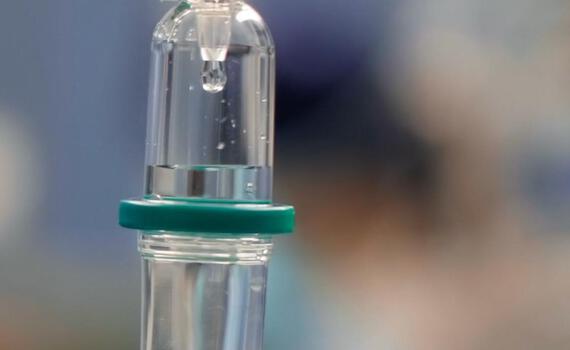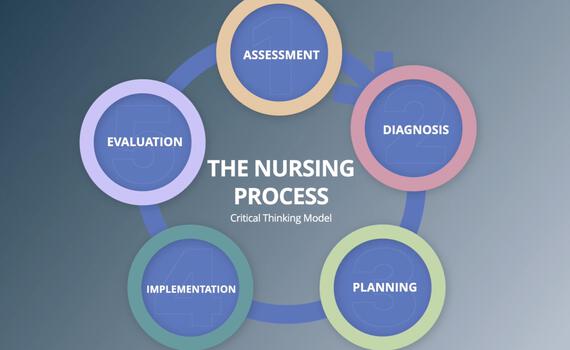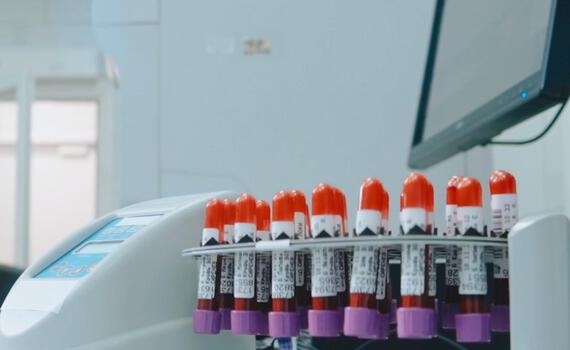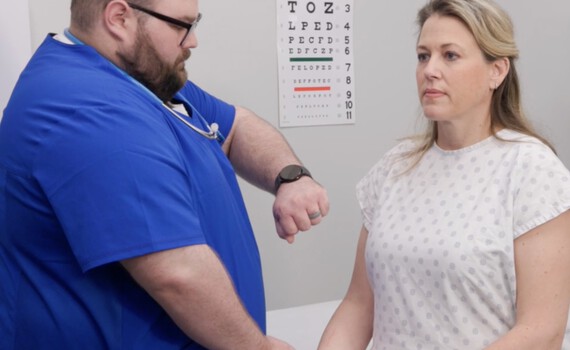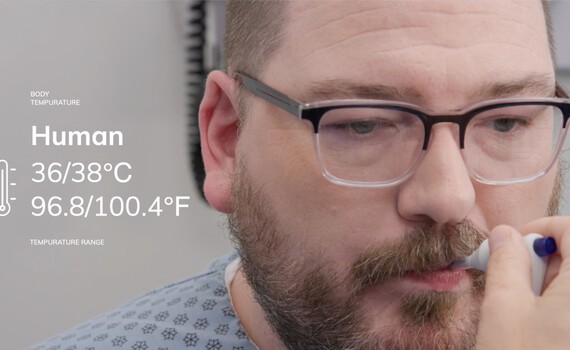 Try these videos to get started. Must be on campus or login with your COM account for off campus access.
Try these videos to get started. Must be on campus or login with your COM account for off campus access.
Want more on finding media? Try Articles & Media.
-
Basic Principles of IV Therapy & Venipuncture (12:59)
This video describes the primary purposes and benefits of IV therapy, including medication administration, fluid and electrolyte balance, and blood product transfusion.
-
Critical Thinking (7:53)
Critical thinking in nursing means making good judgements about patient care and a best course of action. The Nursing Process is a model of critical thinking that uses a systematic approach to provide that patient care. This process designed to consistently adapt to patients’ individual needs.
-
Injections (13:38)
Route of medication administration is the method by which a medication comes in contact with the body. The parenteral route enters body tissue and circularity system via a needle. Each type of injection involves a separate set of skills. The four parenteral routes of administration are subcutaneous, intramuscular, intradermal, and IV injection or infusion.
-
Specimen Collection (12:40)
This educational resource is designed to equip nurses with the knowledge and techniques required for accurate and efficient collection of various types of specimens, including blood, urine, stool, and cultures from the nose or throat. Throughout this video, we'll delve into the best practices for collecting each type of specimen, emphasizing the importance of maintaining sterility, ensuring patient comfort, and preventing contamination.
-
Vital Signs: Pulse, Respiration, Blood Pressure, and Pain (8:02)
The third part of the "Vital Signs" focuses on the essential skills of assessing pulse, respiration, blood pressure, and pain. These videos provide detailed demonstrations and instructions to ensure nurses accurately evaluate these critical health indicators. The series emphasizes the importance of these assessments in patient care, highlighting their role in diagnosis, monitoring, and effective management of patient health.
Play Vital Signs: Pulse, Respiration, Blood Pressure, and Pain
-
Vital Signs: Temperature (11:11)
This instructional video guides nurses through the diverse techniques of temperature assessment, covering oral, rectal, tympanic, temporal, and axillary methods. The video provides step-by-step demonstrations, ensuring practitioners develop the necessary skills for accurate and respectful temperature assessments.
![]() Try these videos to get started. Must be on campus or login with your COM account for off campus access.
Try these videos to get started. Must be on campus or login with your COM account for off campus access.